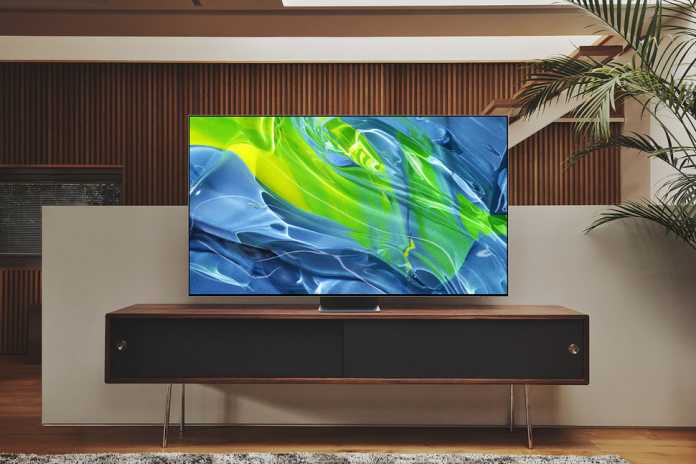Samsung has been involved in another controversy over benchmark manipulation. This time, the company has been caught cheating on TV benchmarks. Various sources have confirmed that some of their TVs exaggerate colors and brightness in test results. The YouTube channel HDTVTest first reported discrepancies with Samsung’s benchmarks on the S95B QD-OLED TV in April. They found that Samsung misreports color accuracy and luminance. Following this report, FlatpanelsHD confirmed the discrepancy in the benchmark results. Furthermore, the publication also discovered similar behaviors with Samsung’s QN95B Neo OLED LCD. In addition, they found that the TV momentarily increases maximum brightness to a staggering 80 percent when it detects a benchmark is running. Maximum brightness during these tests is up to 2,300 nits, up from 1,300 nits in normal use.
How do TVs cheat benchmarks?
Review websites, certification bodies, and screen calibrators often use a 10% window for HDR testing, which simply means that it takes up 10% of the screen. This window glows from black to white in multiple steps as well as a set of colors. Samsung has designed its TVs to recognize this and other commonly used window sizes, so the TV adjusts its picture output to make the measurements appear more accurate than the picture actually is. When a non-standard window is used, such as 9%, the algorithm does not detect that it is a benchmark and the TV reveals its true colors.
Why does this deception occur?
According to the report, this is done “because the power supply can send short bursts to the miniLED backlight.” However, the display cannot sustain such a high peak brightness without damaging pixels.
What does Samsung say about it?
In a statement to FlatpanelsHD, he suggested that the results shown in the standard 10% window are accurate. Instead, those of the non-standard window are inaccurate. He plans to fix the problem with a software update for affected TVs. “Samsung remains committed to relentlessly innovating to bring the best picture quality to our consumers,” the statement said. “To provide a more dynamic viewing experience for consumers, Samsung will provide a software update that ensures consistent brightness of HDR content across a wider range of window sizes beyond the industry standard.” Samsung also issued a separate statement to The Register denying any wrongdoing. “Samsung Electronics does not use any algorithm for the purpose of obtaining specific test results,” he said.












